when does mosquito season start?
No Mosquitoes. Guaranteed.
See how Mosquito Authority is keeping you and your family safe during Covid-19 (Coronavirus). Learn More
If you’re wondering, “When does mosquito season start in my region?”
Mosquito Authority is here to help you understand when you can expect these pesky pests to arrive in your area and how you can avoid getting bitten.
The two biggest factors that determine mosquito activity are water and temperature. Mosquito habitats often include trees, tall grasses, and brush, but water is a crucial element in the mosquito life cycle. Water provides a nurturing environment for mosquitoes to lay their eggs and host larvae and pupae as they grow. While it was commonly thought that mosquitoes only lay eggs in water with little or no flow, research has shown that different species of mosquitoes will lay eggs in a variety of water conditions.
Temperature is the other factor that encourages mosquito populations. As cold-blooded insects, mosquitoes can’t control their body temperatures. Warmer temperatures mean more mosquito activity, whereas cooler temperatures inhibit activity, resulting in less flying and biting. The cooler temperatures also cause the mosquito life cycle to take longer to complete.
Temperatures below 50 degrees Fahrenheit (10 degrees Celsius) can cause a huge decrease in mosquito activity. But, this isn’t the case for mosquito eggs, as they can survive in cold months. Eggs can freeze and stay frozen for up to three years while waiting for warmer temperatures.
Many species of mosquitoes might only live for a few weeks, but once they find a suitable habitat on your property, they can live for six months. Don’t wait until peak mosquito season to get a start on kicking these pests to the curb – let Mosquito Authority’s professional mosquito control help!
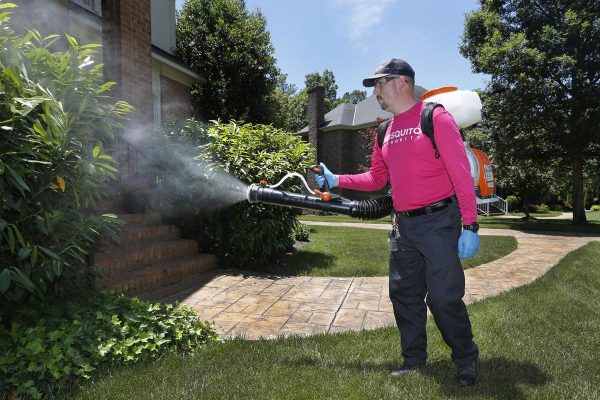
What Happens to Mosquitoes in Winter?
Mosquitoes thrive in warmer temperatures. This makes them especially dangerous, as most people tend to have more skin exposure in warmer weather. Mosquitoes prefer areas with temperatures above 70 degrees Fahrenheit (21 degrees Celsius), allowing them to exist on virtually every continent in the world (except for Antarctica).
Prime mosquito habitats are places that:
- Are warm throughout the year
- Have moist, tropical climates
- Have standing water
Tropical climates, as such, allow mosquitoes to live and reproduce all year round. In winter, mosquitoes become dormant (a phase called diapause) when the temperature drops below 50 degrees Fahrenheit. Mosquitoes in diapause will delay development and slow their metabolism to wait until the cold spell is over or until they die.
Female mosquitoes will shelter in trees, underground, or in homes until the climate warms, up to six months. Male mosquitoes have a very short lifespan of only 10 days and often die off when the temperature drops.
Eggs are laid in the fall season in standing water and remain dormant until the water warms up. When females come out of diapause and the eggs hatch, they can carry the viruses and diseases mosquitoes can spread, causing these diseases to also return.
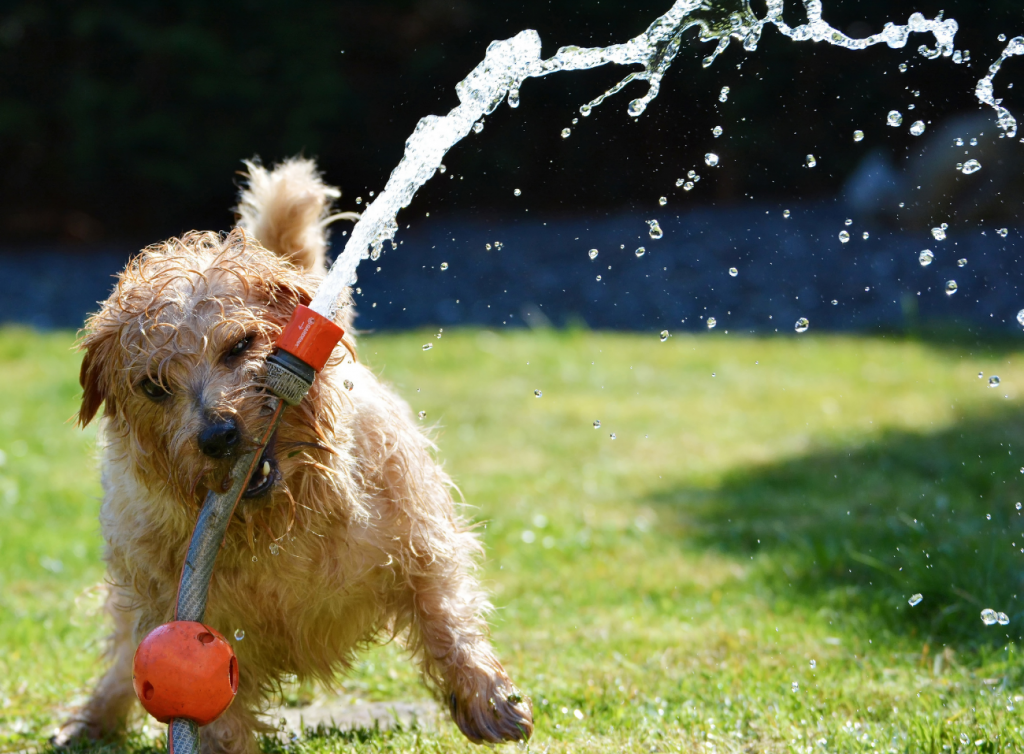

By region
Ready or not, mosquito season is on its way to your region. So when is mosquito season? With some areas of the country warming up as early as February, it’s a good time to start considering mosquito control options for your property. As temperatures vary across the country depending on your proximity to the equator, how long mosquito season is can vary.
While mosquito season doesn’t look the same in every part of the country or during any given year, here’s what some regions can expect:
Southwest – Begins in February; Ends in November – 5 species
Southwest states like southern California, Nevada, Texas, Arizona, and others are known for their arid, warm temperatures. All it takes is a little bit of standing water to produce strong mosquito populations and a long mosquito season in this region of the country if conditions are right.
Mosquito species living in the Southwest include:
- Yellow fever mosquito
- Asian tiger mosquito
- Northern house mosquito
- Southern mosquito
- Western encephalitis
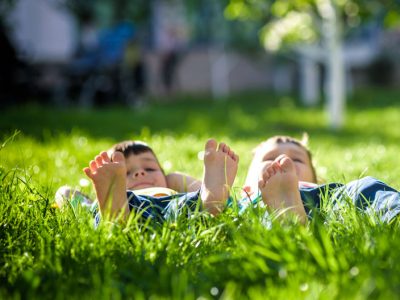
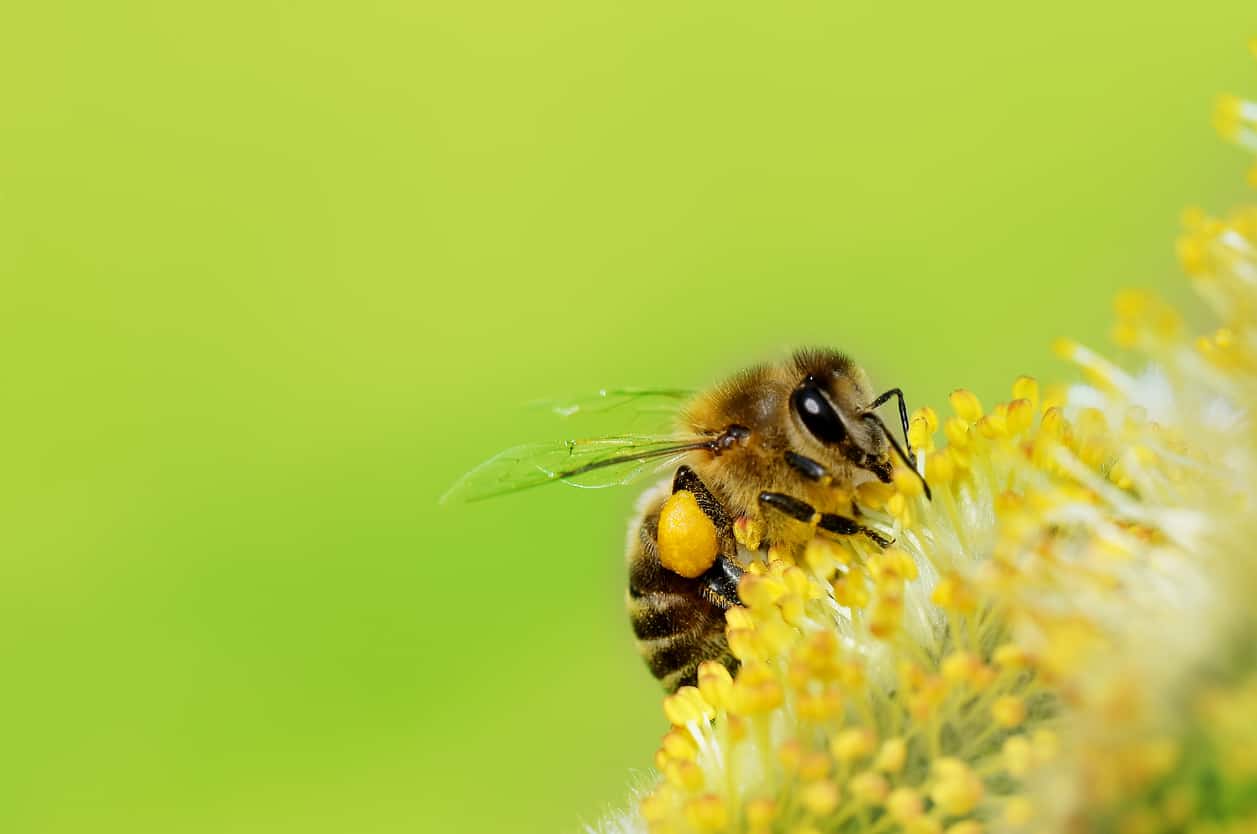
Midwest – Begins in February; Ends in November – 3 species
States like Wisconsin, the Dakotas, Iowa, Kansas, and Nebraska make up most of the Midwest and have some of the higher rates of reported mosquito-borne illnesses in the country. While winters may be cold and even downright frigid, summers can be very hot and wet, providing a perfect opportunity for mosquitoes to breed.
Mosquito species living in the Midwest include:
- Asian tiger mosquito
- Northern house mosquito
- Western encephalitis mosquito
Southeast – Begins in February; Ends in November – 4 species
As the Southeast is home to the warmest and wettest parts of the country, states like Florida, Georgia, the Carolinas, Alabama, Tennessee, and more are the perfect breeding ground for mosquitoes for most of the year.
Mosquito species living in the Southeast include:
- Yellow fever mosquito
- Asian tiger mosquito
- Southern mosquito
- Northern house mosquito
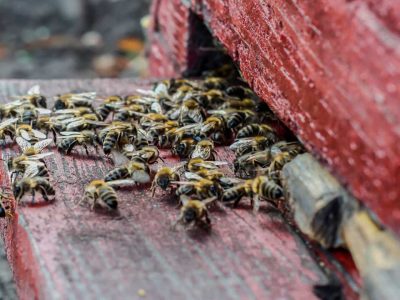
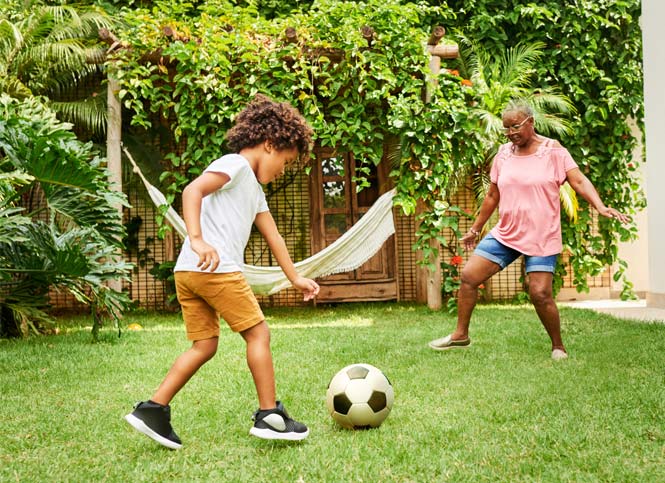
Northwest – Begins in April; Ends in October – 3 species
The Northwest region of the country (states including Washington, Oregon, Montana, Idaho, and northern California) sees mosquitoes on a consistent basis. With frequent rainfall and rising temperatures, conditions are ripe for mosquitoes to thrive.
Mosquito species living in the Northwest include:
- Northern mosquito
- Western encephalitis mosquito
- Eastern tree hole mosquito
Northeast – Begins in April; Ends in October – 4 species
Home to some of the hottest summers, plenty of standing bodies of water, and wet winters, the Northeast region produces high volumes of mosquitoes. New York, Pennsylvania, and the New England states see higher-than-average mosquito activity during the warmer months.
Mosquito species living in the Northeast include:
- Yellow fever mosquito
- Asian tiger mosquito
- Northern house mosquito
- Eastern tree hole mosquito

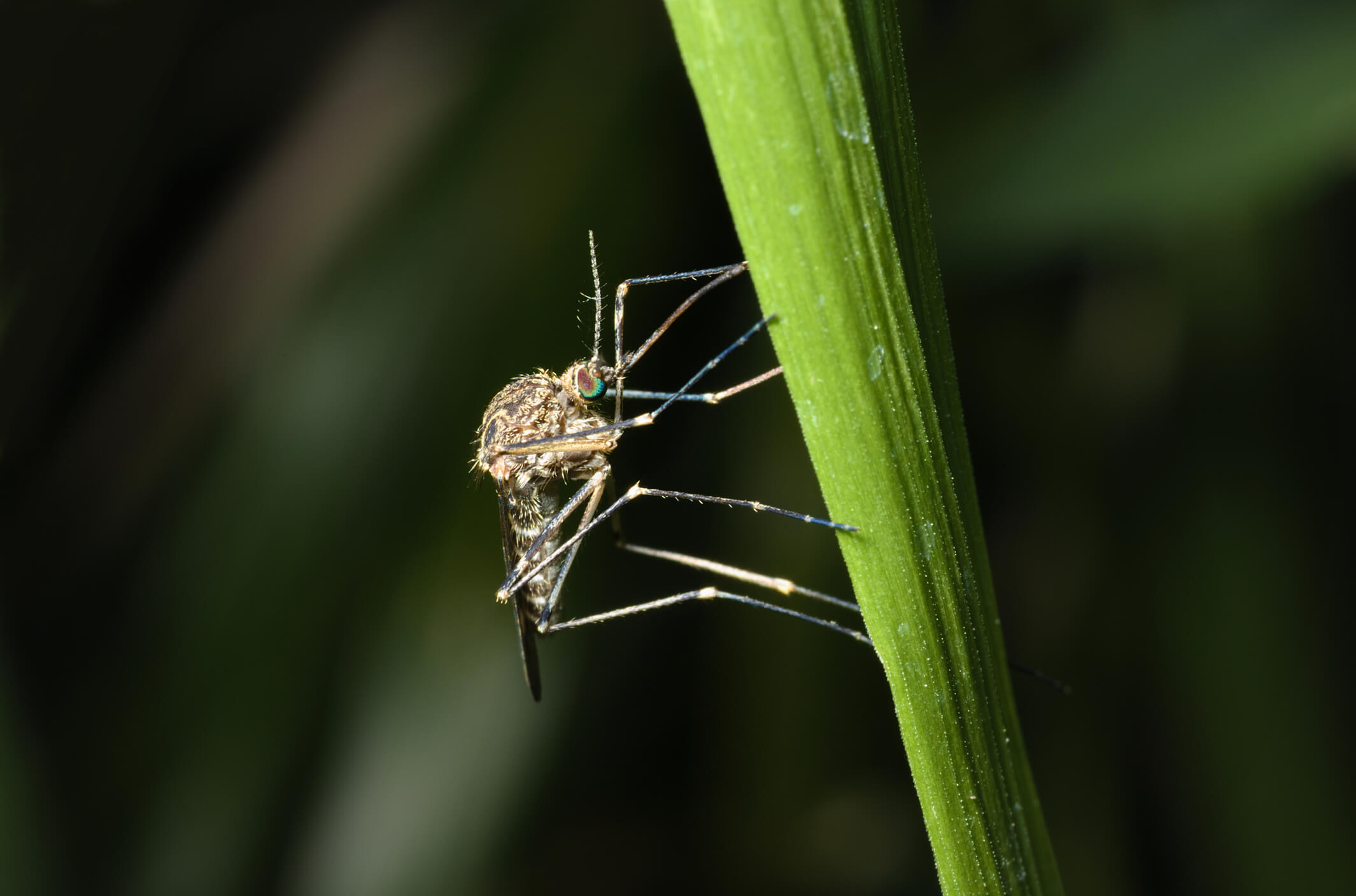
Hawaii – Begins in February; Ends in December – 6 species
Alaska – Begins in June; Ends in August – 35 species
With their temperatures on either side of the extremes, Hawaii and Alaska are home to many species of mosquitoes. Hawaii has a similar season to that of the Southeast part of the country, where mosquito season can last nearly all year.
Mosquito species living in Hawaii include:
- Asian tiger mosquito
- Yellow fever mosquito
- Bromeliad mosquito
- Asian bush mosquito
- Southern house mosquito
- Inland floodwater mosquito
You would think that Alaska couldn’t possibly host many species of mosquitoes, but it does! However, the incredibly short mosquito season makes the Northern house mosquito a mild concern at most.
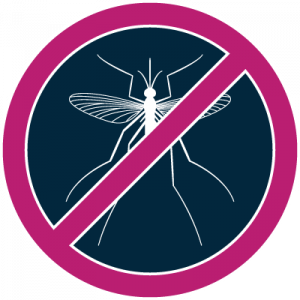
What Factors Affect Mosquito Season?
Mosquito breeding season is affected by several factors. If the region is warmer or wetter than normal, people can expect that mosquito populations will be higher and more active.
Climate change is further exacerbating seasonal mosquito activity in some areas, with recent research showing that the spread, activity, and longevity of mosquitoes are positively affected. Higher temperatures, humidity, and precipitation may be altering mosquitoes’ seasonal developmental, reproductive, and mortality rates, allowing them to thrive in areas they don’t usually occupy.
Controlling Mosquitoes
As winter comes to a close, there are steps you can take to prevent mosquitoes from setting up shop on your property. Mosquito Authority includes these steps as part of our proven process to eradicate mosquitoes from your property.
The first step is to observe the areas of your yard that can collect and hold standing water: toys, trash can lids, pet bowls, dead leaves, and more. It’s a good idea to make sure these items are tipped over regularly, as even as little as half an inch (12.7mm) of water is enough to sustain mosquito eggs.
The second is to declutter your property. Any items that can hold water should be consistently emptied, including tire swings, wheel barrels, birdbaths, buckets, planters, flower pots, and trash containers. By removing or frequently emptying these items, you limit the mosquito breeding ground and help to disrupt the life cycle.
Taking these precautions is a step in the right direction and will benefit your peace of mind come spring. The warm weather will be here before you know it, and while your mind may be off mosquitoes now, it’s a good time to start thinking ahead to mosquito season and set up an initial treatment. That way, you’ll have pests under control by the peak straight through to the end of mosquito season.
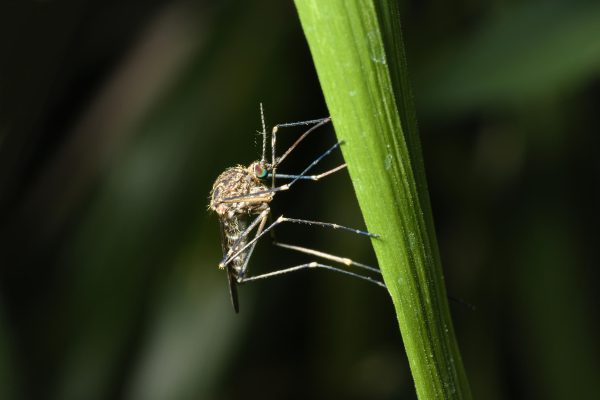
Contact us today for more information or to find service near you.
Latest Blogs
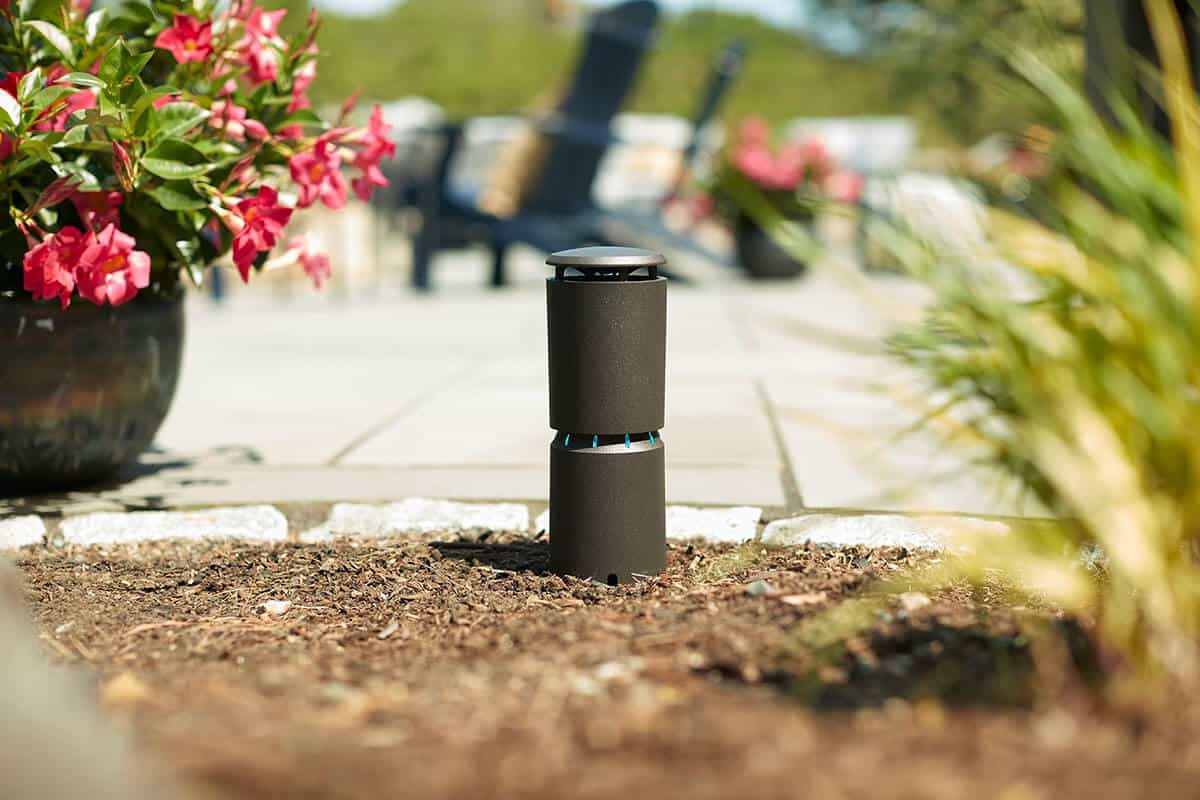
The Latest: Thermacell’s Mosquito Repellent System, LIV
Mosquito Authority proudly offers the latest technology when it comes to keeping pests away: Thermacell’s mosquito repellent system, LIV. As a first-of-its-kind smart mosquito repellent system, LIV combines effective protection

How to Choose the Right Level of Backyard Mosquito Control
Having to fight through swarms of mosquitoes every time you leave the house is more than a nuisance: mosquitoes can pose serious health concerns to you and your family. Mosquito
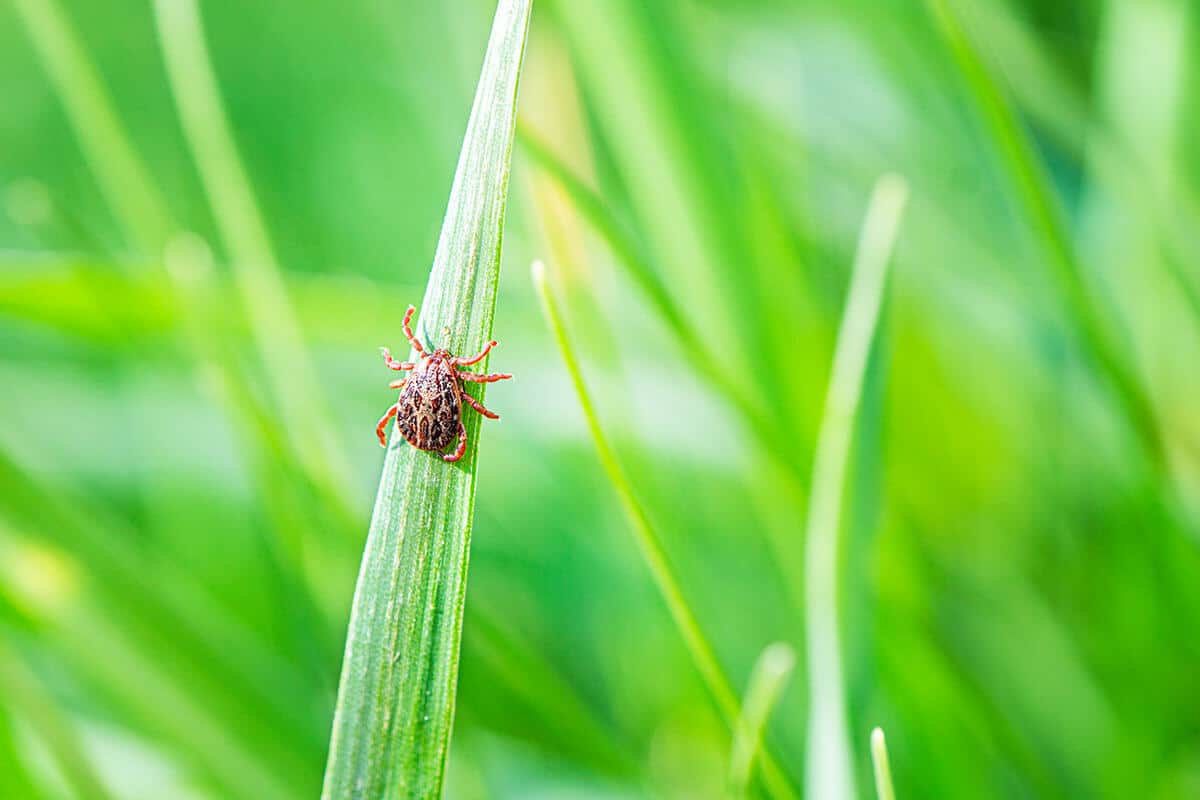
Professional Tick Control to Get Your Yard Ready for the Season
With summer just around the corner, everyone is ready to get back outside and enjoy the weather! When you’re ready to host cookouts, throw pool parties, or otherwise take on
A Winning Combination
Our Brands



